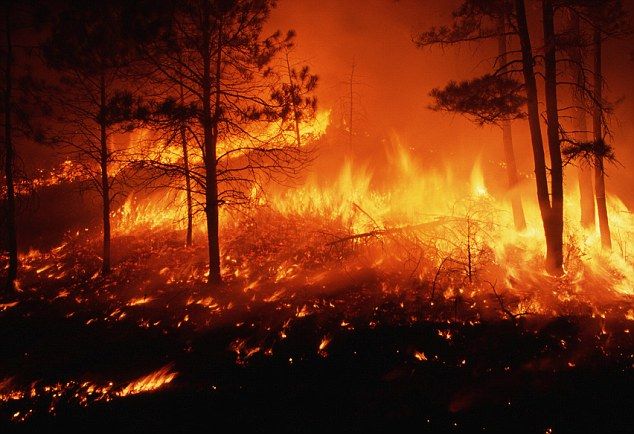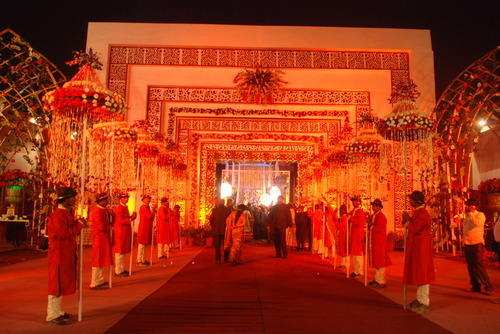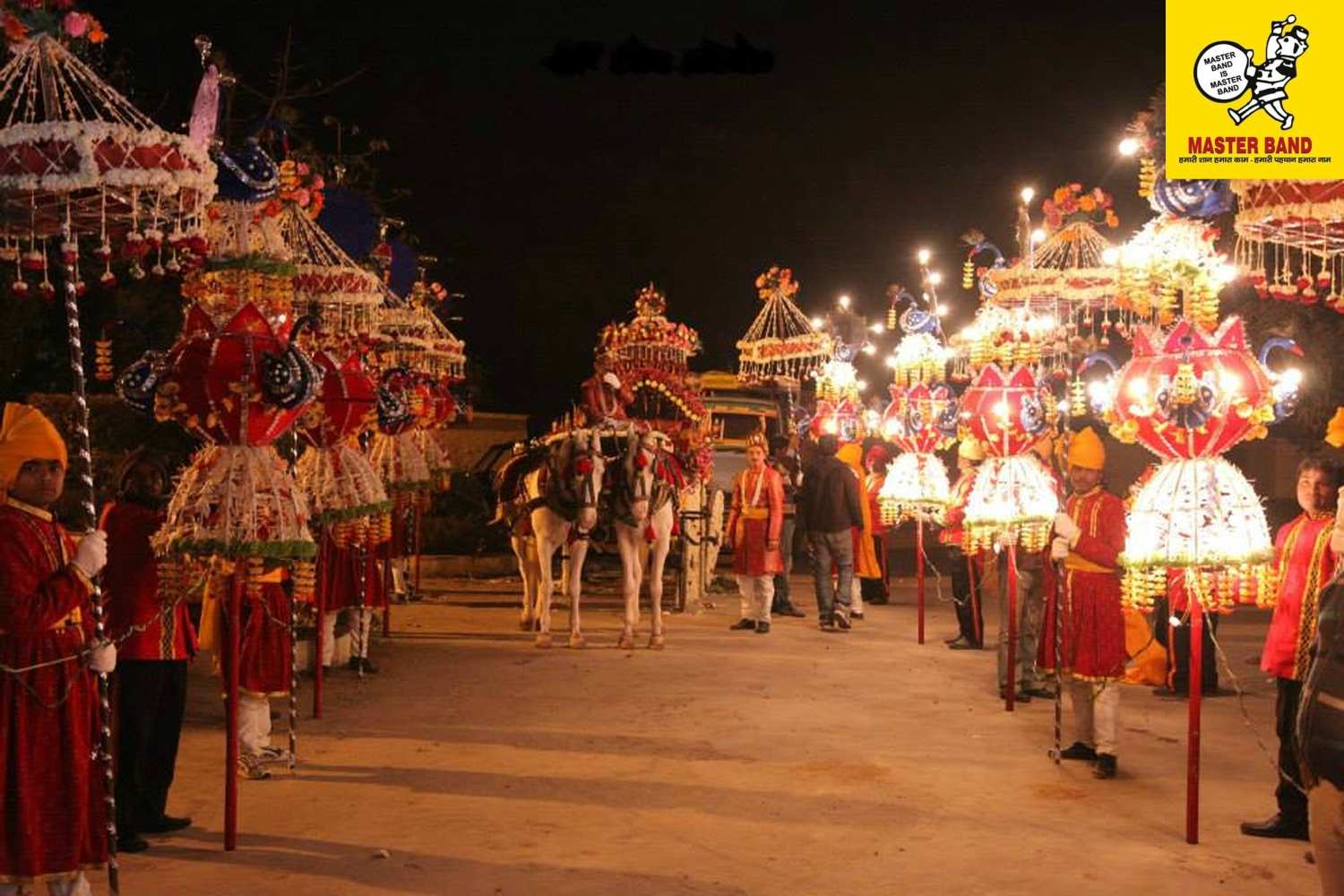Recent forest fires in Uttarakhand couldn’t have come at a worst time when the entire state is grappling with crises from more than one front. The state is in the midst of political turmoil. Economically, it is still recovering from the devastating effect of the worst flood experienced in 2013.
While the political bosses were busy in the dirty game of politics; toppling the government, horse trading (after horse-killing), sting exposes etc., which brought the centre to intervene with the imposition of President’s rule, dragging the case to the highest court of the land, large swathe of forest land was on fire since February. Extremely dry weather, it is argued, is the primary reason for it.
But now it has come to light that the National Green Tribunal (NGT), earlier, had voiced concern over the forest fires raging the two states (Uttarakhand and parts of Himachal Pradesh) and observed that it was shocked that everybody was taking the issue so casually!
The unprecedented forest fires, with all its ferocity, quickly engulfed vast areas of the forest as at least 200 active fire locations were detected first. Within 24 hours the affected area went up four times giving an indication of the initial casual approach to bring it under control. When the situation went out of hands, only then the state machinery woke up to notify the mountain-inferno.
Three companies of the National Disaster Management Force, The Army, the Air Force together with the police and general public were pressed into service with the onerous task of dousing the all-engulfing fire.
11000 personnel struggled day and night with the daunting task for days, trying to sprinkle water by helicopters and on the edges of the burning tress on the ground. But it was finally the rain which could succeed in the process. As if the rain gods took over the task from the tired men on ground!
By then, almost 4000 hectares of the green forest cover had been gutted.
At a first glance it’ll give an impression of a colossal economic loss. Well, that’s obvious and will keep the experts busy to figure out. But what about the environmental cost? Who’s accountable? Who’s going to bring out an accurate measure of the devastating effect on the environment and its chain reaction on the entire eco-system?
First of all, the enormous black carbon generated by the fire will raise heat in the atmosphere and tonnes of it are going to cover the surfaces of the glaciers, hastening their meltdown. “Black carbon is formed by the incomplete combustion of the fossil fuels, biofuels and biomass. It absorbs light and increases heat, which is why it can cause glaciers to melt faster”, according to a senior scientist at the ARIES. This will cause huge increase in the water flowing down( ironically, that may be a boon for Delhi Jal Board, which depends on water from Tehri Dam and Hathnikund Dam). Water in the rivers which originates from these glaciers are going to be heavily polluted.
The temperature across northern India has already risen by 0.2 degree Celsius which is bound to have a detrimental effect on the monsoons with black carbon in the air. That is at a time when the country is expecting a normal monsoon after two years of deficiency.
Massive Soil erosion is also feared when the rain comes. This may bring back the frightful memories of 2013.
Who’s accountable? Various reports are being prepared. We can guess what these reports will contain. Other than blame game, passing the buck and some helplessness expressed slyly can we expect a sincere effort to go to the roots of all failures, callous and indifferent attitude coupled with the vested interest of certain lobbies like the timber mafia and its nexus with the Forest development Corporation. After selling the trees, on the cleared land, will enter the builder lobby…the list goes on and on!



























